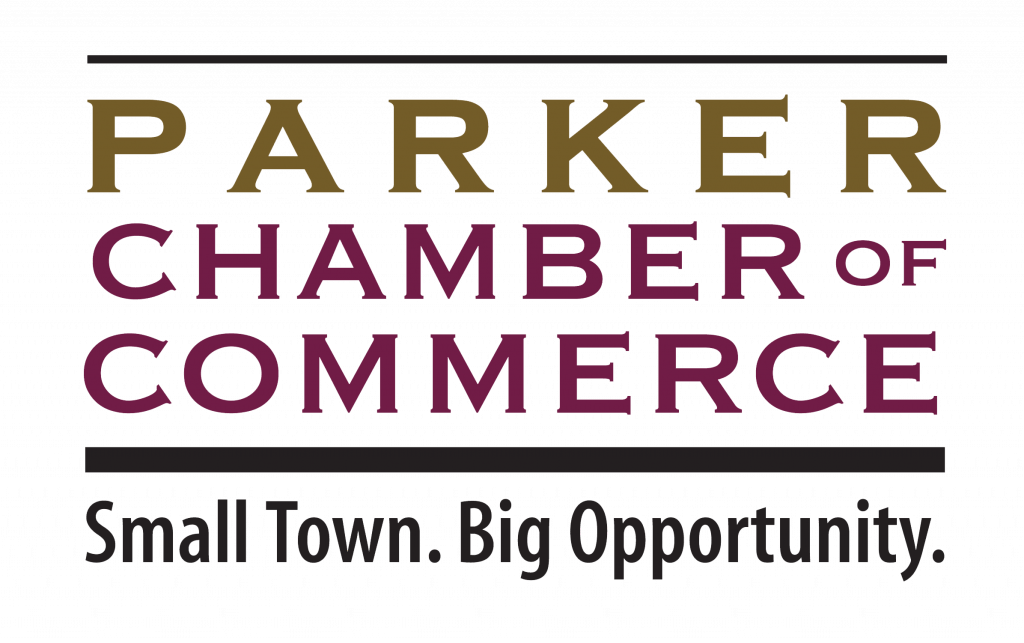Sustainable Success: Crafting an Eco-Friendly Business Model That Actually Works
Sustainability in business isn’t just about looking good on paper—it’s about creating a long-term strategy that benefits the planet and your bottom line. Yet, too many companies treat it like a buzzword rather than a fundamental shift in how they operate. If you're serious about designing an eco-friendly business model, you need to think beyond recycled paper and energy-efficient light bulbs. It’s about weaving sustainability into the DNA of your business, from supply chain decisions to customer engagement. The key is to strike a balance between doing good and making money because, let’s be real, your company still needs to turn a profit. Here’s how you can build an eco-conscious business model and market it effectively, without falling into the greenwashing trap.
Build Sustainability into the Foundation, Not Just the Mission Statement
Sustainability shouldn’t be a last-minute add-on or a flashy PR move—it should be part of your business model from day one. Think about how your product is sourced, manufactured, and delivered. Can you use biodegradable materials? Can you shorten the supply chain to cut emissions? Maybe there’s an opportunity to embrace a circular economy, where products are designed to be reused or repurposed rather than discarded. Customers are getting savvier; they can sniff out companies that slap an eco-friendly label on their brand without actually making real changes. Make sustainability a core principle, not just a bullet point on your website.
Align Profitability with Environmental Impact
One of the biggest myths about sustainability is that it always costs more. Sure, there are upfront investments, but a well-designed eco-business model should generate savings and revenue in the long run. Cutting waste, optimizing energy use, and investing in durable materials often lead to lower operational costs over time. Additionally, there’s a growing market for sustainable products, with consumers willing to pay a premium for businesses that align with their values. Think about Patagonia—not just an apparel company but a movement that makes money by encouraging customers to buy less and repair more. That’s the sweet spot: where profit and purpose meet.
Choose Partners Who Walk the Walk
Your sustainability efforts are only as strong as the weakest link in your supply chain. If your business relies on suppliers, manufacturers, or vendors, their environmental impact becomes part of your footprint. Vet them carefully. Are they using sustainable practices? Do they prioritize fair labor? Transparency matters here. Consumers are more likely to trust a company that openly discusses its partnerships and sourcing decisions. Partnering with businesses that share your values not only strengthens your eco-credibility but also builds a resilient, ethical network that can withstand regulatory changes and shifting consumer demands.
Market with Authenticity, Not Just Aesthetics
Eco-conscious branding goes beyond slapping a green leaf on your packaging and calling it a day. Customers are skeptical of empty sustainability claims, so your marketing needs to be backed by real action. Instead of vague promises like “we care about the planet,” show tangible proof of your impact. Use storytelling—highlight the communities you’re helping, the carbon emissions you’ve reduced, or the upcycled materials in your products. Better yet, engage your customers by making them part of the mission. Reward them for sustainable choices, like bringing back old products for recycling or opting for carbon-neutral shipping. When people feel like they’re contributing to something meaningful, they’re more likely to stick around.
Ditch the Paper Trail: Embracing Digital Efficiency
Transitioning from paper records to digital storage isn’t just good for the environment—it streamlines your workflow and cuts costs. By digitizing documents, businesses can reduce clutter, improve accessibility, and eliminate the need for endless filing cabinets. Instead of printing out revisions, a PDF editor tool allows you to make changes to documents and drawings directly on your screen, keeping everything efficient and waste-free. For an easy way to upgrade your document management system, click here to explore digital tools that keep your business paperless and productive.
Turn Your Customers into Advocates, Not Just Buyers
The most powerful marketing tool for any sustainable business? A loyal, engaged customer base that spreads the word for you. Today’s consumers want to feel like they’re part of something bigger than just another transaction. Give them opportunities to participate—whether that’s through referral programs that reward eco-friendly behavior or community-driven sustainability projects. Brands like Allbirds and Ecosia thrive because they make customers feel like partners in their mission. A strong eco-business doesn’t just sell a product; it builds a movement.
An eco-friendly business model isn’t just a feel-good strategy—it’s a competitive advantage in an economy where consumers are demanding change. But it has to be real, well-integrated, and transparent. Customers don’t just want to hear that you’re doing better; they want to see it in action. When sustainability is embedded into every part of your business—from sourcing to marketing—you’re not just reducing your environmental impact. You’re future-proofing your company in a world that’s moving towards greener, smarter, and more responsible consumerism.
Discover the vibrant community of Parker and unlock endless opportunities by visiting the Parker Chamber of Commerce today!

